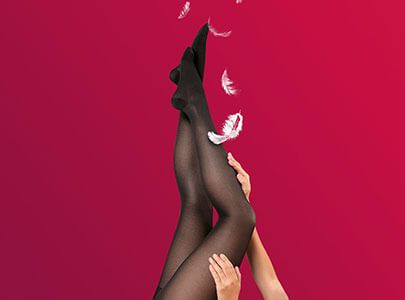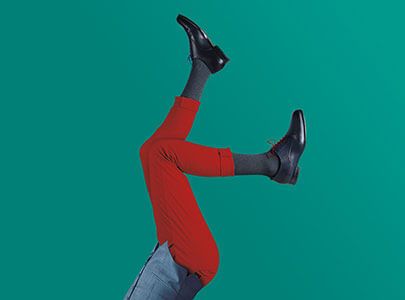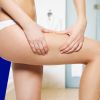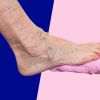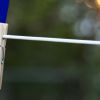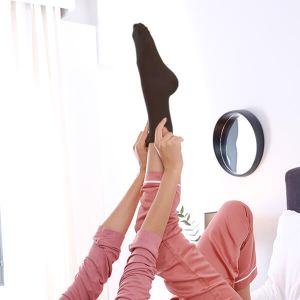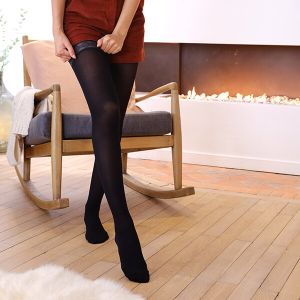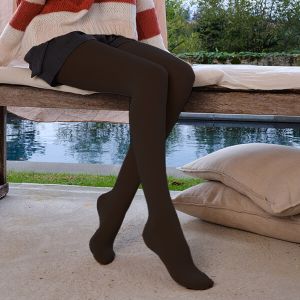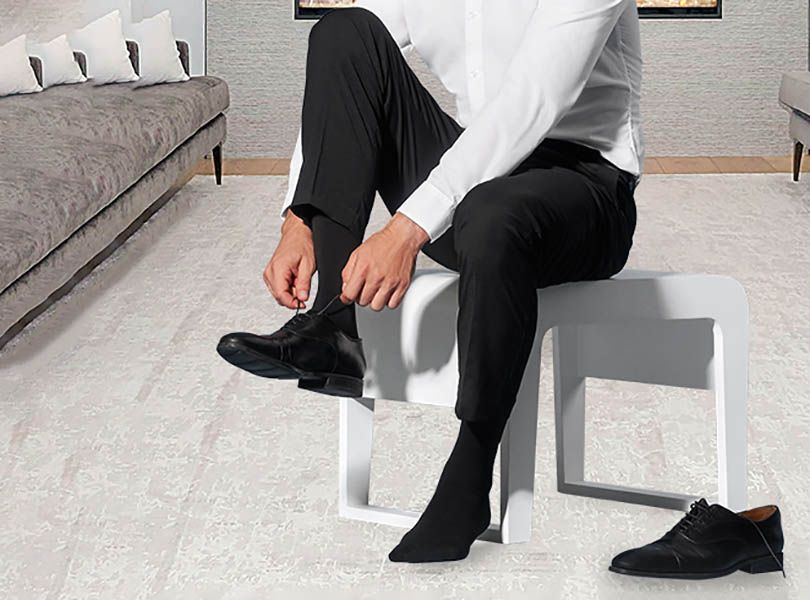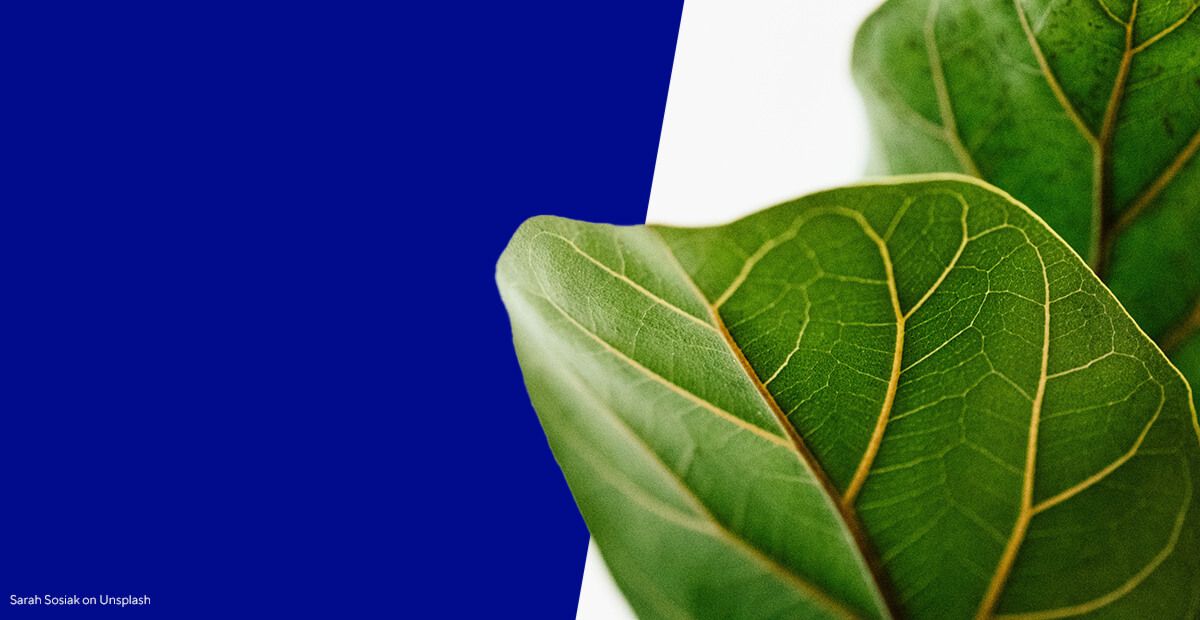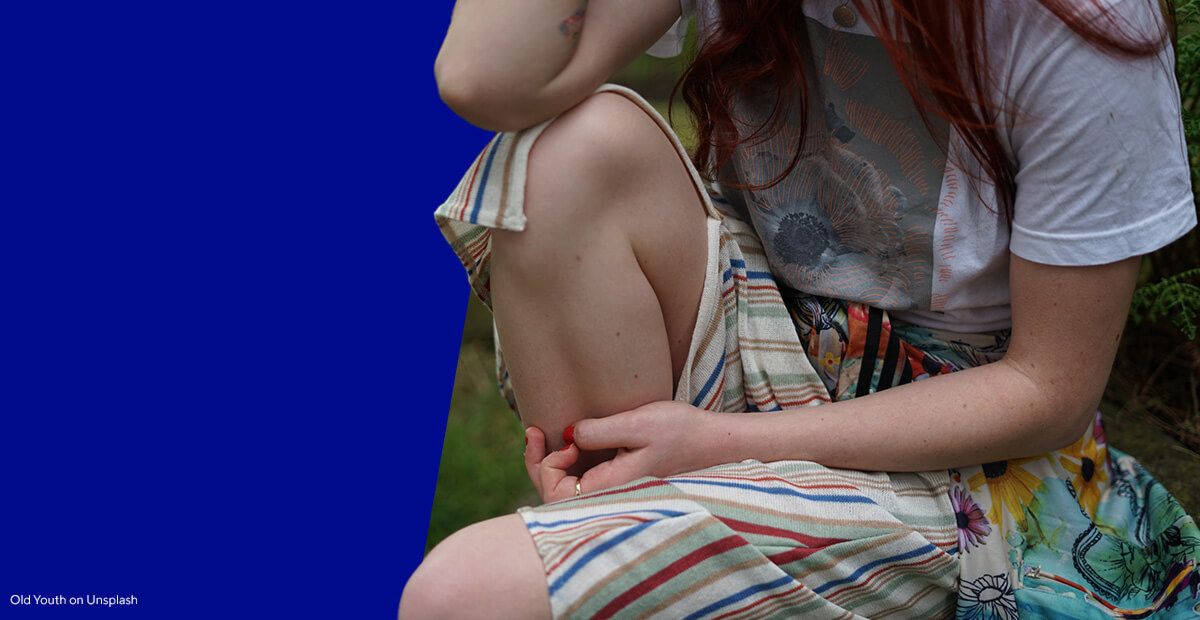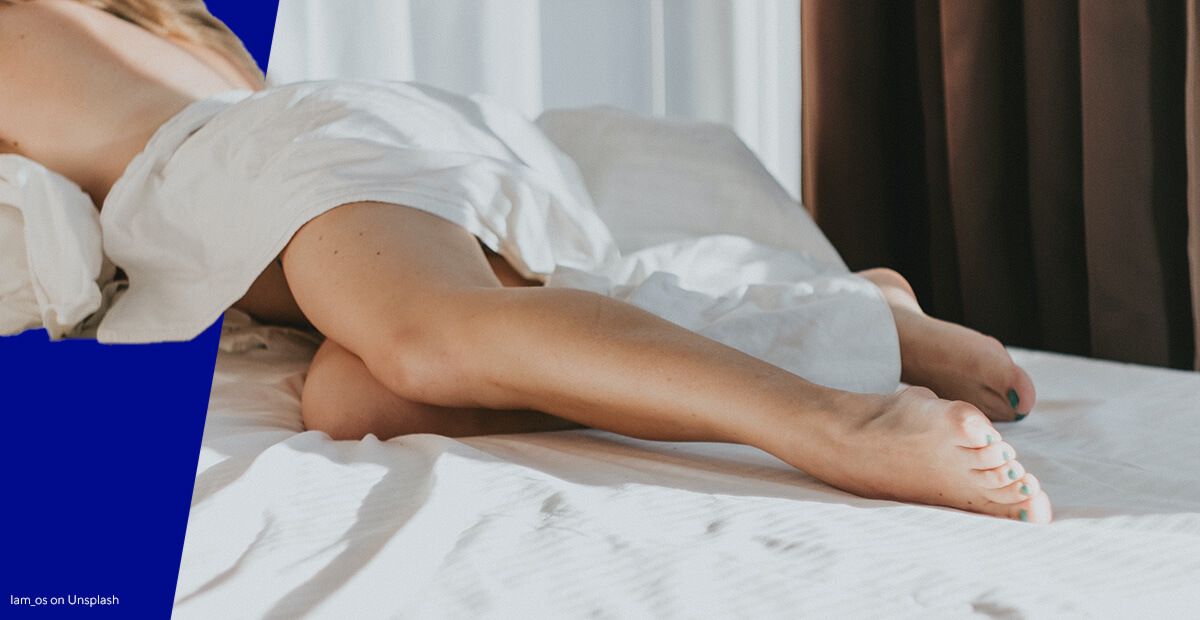"Spider veins" on legs - why do they form and what do they indicate?
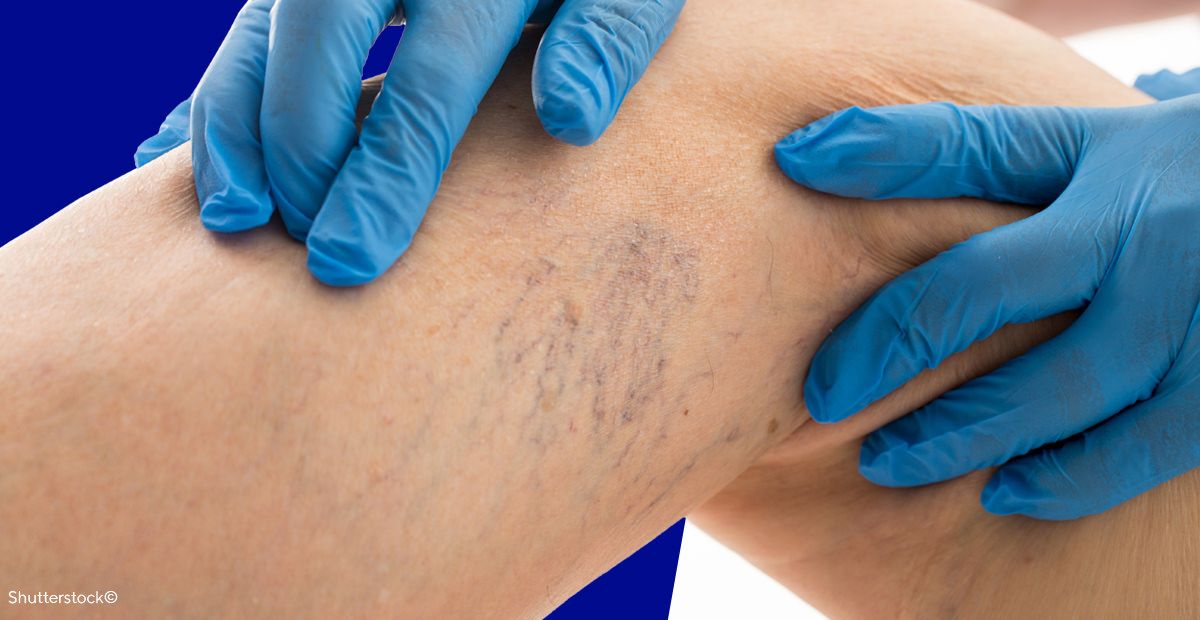
Spider veins on legs are a relatively common problem. It is related to varicose veins, which in turn affect a large part of the population. More often women than men. Regardless of gender, however, the problem is often underestimated, although women usually take some action to reduce spider veins, because they treat them as an aesthetic problem. The truth is, however, that it is one of the symptoms of more serious health problems.
Spider veins on the legs can be a symptom of venous insufficiency of the lower limbs. People who have noticed red spider veins on their legs should definitely start to prevent them. It is useful to consult a doctor, but also to change certain habits that favour the appearance of visible veins on legs.
Spider veins on legs - causes
To understand the origin of visible reticular blood vessels under the skin, it is necessary to understand the mechanism of blood flow in the body. Its task is to supply cells throughout the body with oxygen. Blood, like everything else, is also influenced by gravity and other laws of physics, so if we spend a long time in one position, for example sitting or standing, and our legs are bent, the free flow of blood is impeded.
This results in its accumulation in veins. If blood vessel walls are weak, they begin to stretch and form characteristic curled varicose veins visible under the skin. The same reason gives rise to spider veins, which are nothing but permanently dilated capillaries.
They can be seen as thin threads of red or blue colour. Unfortunately, the mesh of the venous network, if it appears once, actually remains permanently. They usually appear near the thighs, under the knees, around the ankle and on the lower legs.
There are various reasons for the appearance of spider veins on legs. Some of them result from genetic conditions, and some from our own habits and lifestyle. The reason may be disorders of blood circulation in lower limbs, insufficient number of venous valves, fragility and poor flexibility of blood vessels.
The problem may also include impaired contraction and relaxation of veins. If we add sedentary or standing work, lack of physical activity, improper diet rich in fat and sugar, and stimulants, we may accelerate the formation of spider veins.
All these factors cause backflow or stagnation of blood in veins, increased pressure and thus stretching of blood vessels, which results in varicose veins and cracking of fragile walls. This is where the unsightly mesh under the skin comes from.
Another answer to the question why spider veins form on legs may be wearing too tight clothes. An irritating trouser belt, elastic band in socks or too tight bra can effectively block the free flow of blood.
How to prevent spider veins on legs?
The best way to prevent spider veins on legs is to prevent their appearance. Therefore, it is worth starting by liking physical activity. This does not have to be strenuous sports right away. It is enough to include walks in your daily schedule.
If we do not have enough time for it, it is enough to choose walking to work instead of driving a car or taking the stairs instead of a lift. Nordic walking is also a good idea.
If your job requires you to stay in one position for a long time, it's a good idea to move your feet under the desk, get up, stretch, and even walk around the office. It is better to avoid putting one foot in front of the other.
It is also wise to change your diet. Replace red meat with white meat, eat more fish, vegetables and fruit and avoid highly processed products. Wondering how to treat spider veins on legs, first of all it is good to consult a doctor. With this condition, laser treatments, sclerotherapy and pharmacological treatment, supplemented with creams or ointments with rutin are possible.
These options are excellent for varicose veins. There are also more home remedies for spider veins on the legs. For example, a proper diet, i.e. one that is rich in fibre, but also helps to lose excess weight and regulate bowel movements. This is because constipation causes pressure to increase in the abdominal cavity, and this promotes the accumulation of blood in veins.
It is also worth paying attention to protecting the skin from extreme temperatures, as they cause rapid contraction (in the case of cold) and relaxation (in the case of heat) of veins. Therefore, it is better to avoid exposing your legs in winter, as well as avoid hot baths, saunas or exposure to the sun.
Preparations containing ingredients that strengthen the walls of blood vessels may prove useful. These include diosmin, rutin, hesperidin, vitamin C, E and K, and vitamin PP reducing the permeability of vessels.
Compression stockings are also a useful solution, especially if you know that you have to spend many hours in one position, for example when travelling. Such stockings can be worn all day long. Their gradual compression supports the proper function of veins and blood flow.
